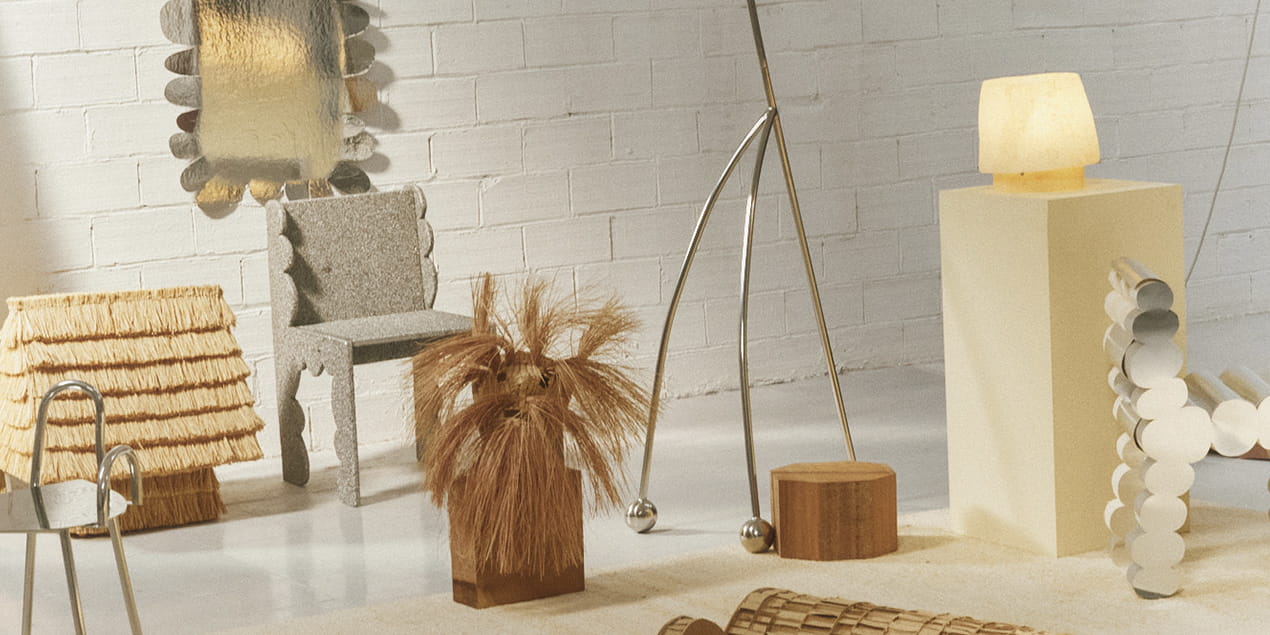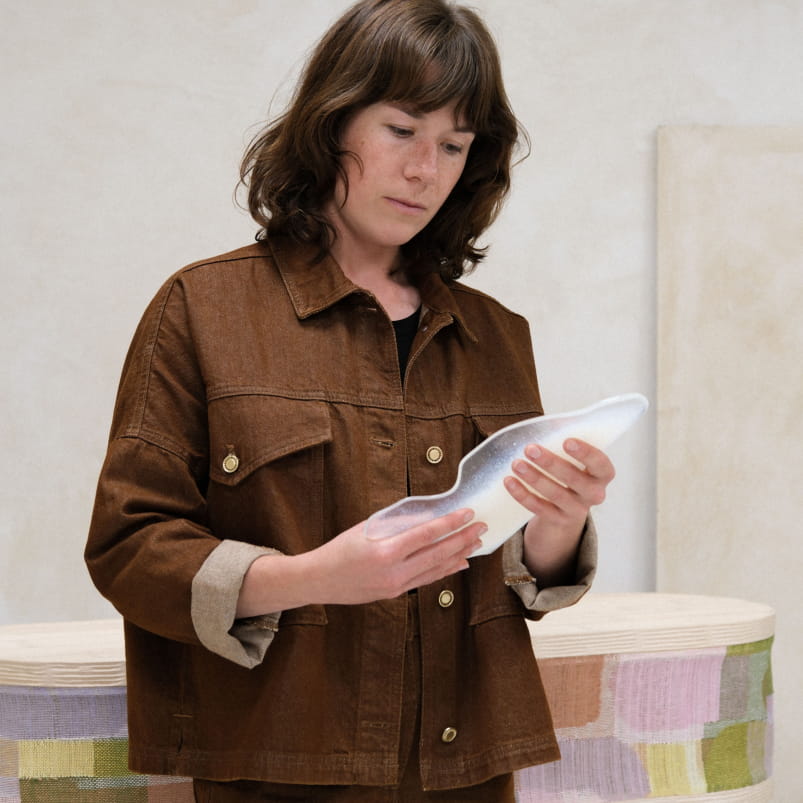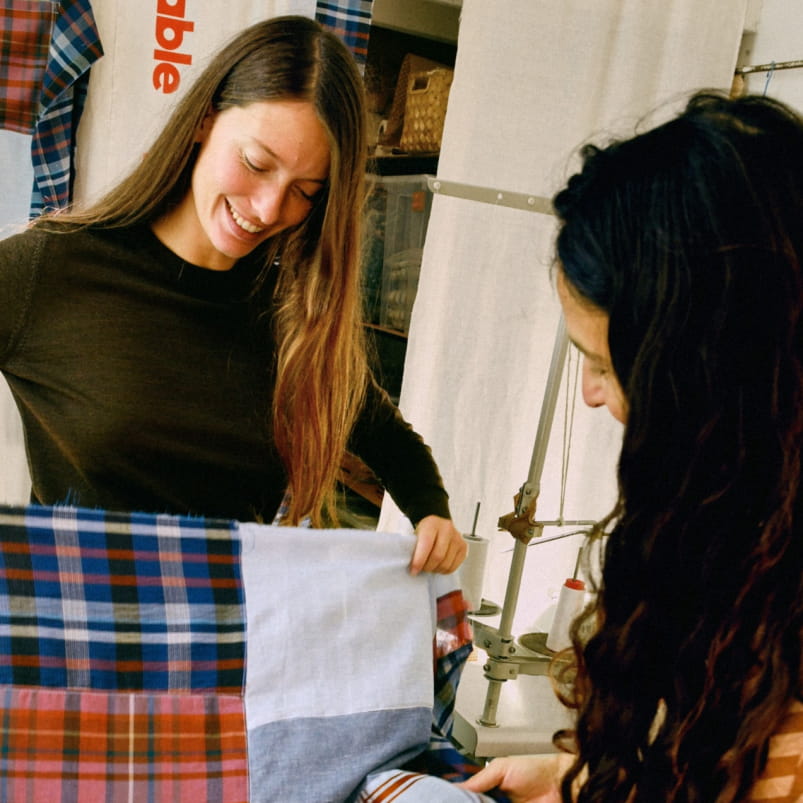PHOTO CREDIT: Carlota Delgado
Jorge Suarez Kilzi, an artist and designer of Syrian and Spanish origin, draws inspiration from his nomadic childhood and the objects that carry his memories. Influenced by Japanese culture and architecture, he puts beauty before functionality in his creations. Based in Barcelona, he adopts a sustainable approach, creating objects that span generations. He recently took part in the reinvention of the DIVINE bag by Sessùn, inspired by the lightness of the sea and the sun.
Could you introduce yourself and tell us a little about your background?
My name is Jorge Suarez Kilzi, and I was born to a Syrian mother and a Spanish father. In my childhood, we were constantly on the move, changing places/countries and discovering new cultures through the people around us, their habits, their cuisine, and above all their objects and spaces. As a result, I quickly learned to have great value for the objects we took with us, as previous generations had done when moving countries, carrying with them a part of their “home”. My art and my work are inspired by these deeply meaningful yet highly mobile realities, expressed in objects that breathe life and expression.

How do you go about creating an object, what is your approach?
I question and challenge the limits of functionality, that's part of my childlike, exploratory nature. When I create, I remain open, without prejudice or preconceived ideas. I simply imagine and draw. Sometimes more successfully than others, but always with an element of fantasy, without fear or ambition. I do it simply for the pleasure of creating.

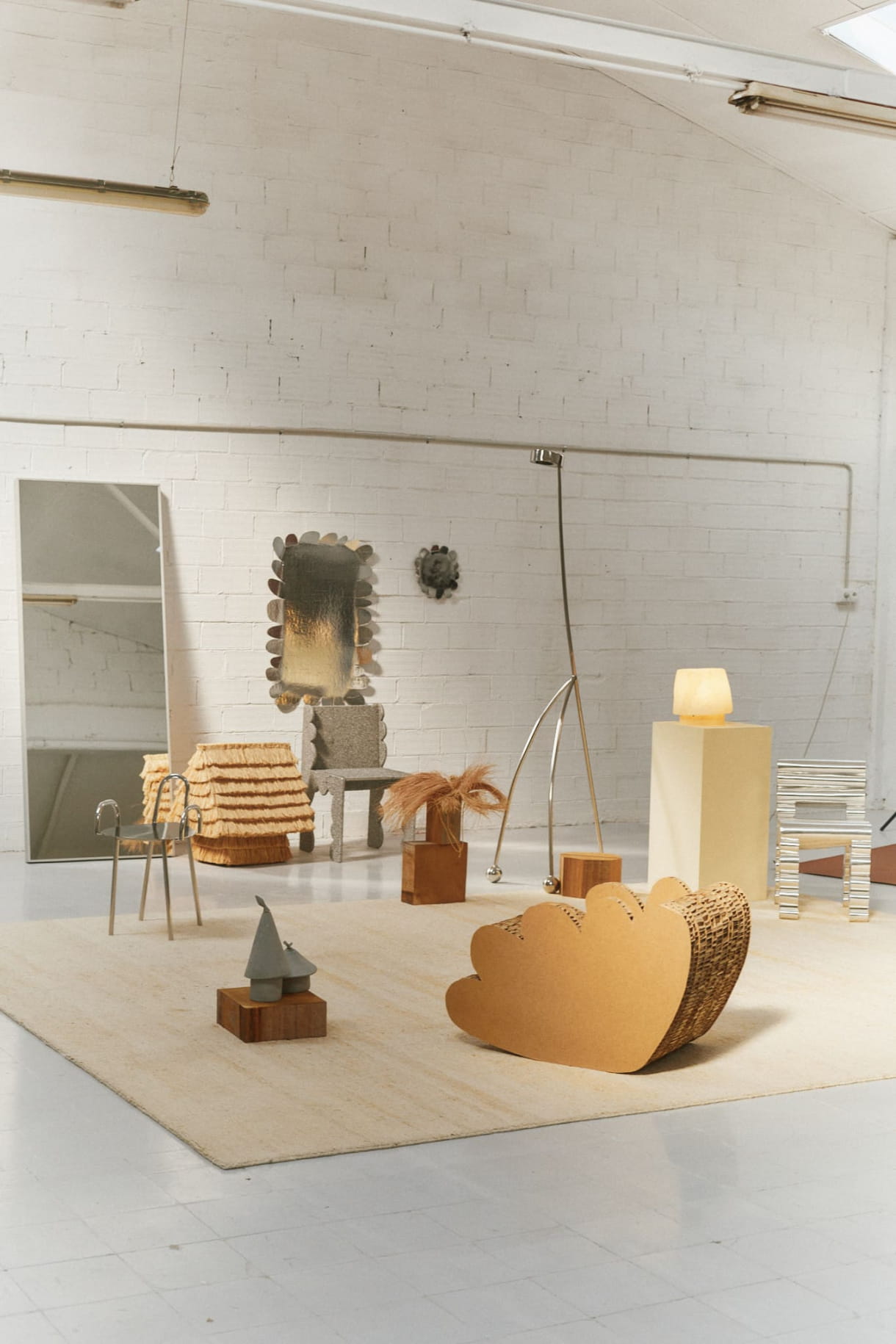
What are your main sources of inspiration? Are there any elements or places that particularly influence your work?
My inspiration comes from my childhood and the importance that objects had in that context. However, my experience in Japan - through traditional notions such as “Ma” or “Wabi-sabi”, but also neo-architects such as SANAA and Junya Ishigami – has profoundly influenced my work. I'm thinking in particular of the shrine architecture prized by those Japanese figures I now consider as my mentors.
How do you achieve a balance between aesthetics and functionality in your creations?
For me, beauty takes precedence over functionality. I don't favor the function of an object over its feel and beauty. I don't think there has to be an obvious balance. The balance has to be felt, and the question of FUNCTION only comes into play if it makes sense to me.
Could you explain your creative process? Are there any particular stages or rituals?
I'm most creative when I'm alone. I get a surge of creative power when I'm in touch with my own energy and feel at peace. I don't create in noisy places, or even in the office. There are too many people asking me questions, too many “ earthly ” realities and “ to-do lists ”. For me, these things are the polar opposite of creation. I need to find my space and my aura.

How has living in Barcelona influenced your creative outlook and the projects you undertake?
It has been mostly circumstantial. In Barcelona, I discovered a type of architecture and craftsmanship that I hadn't encountered in my youth: part of the traditional medieval heritage. There's something fascinating about these slow, anonymous processes and buildings that combine complexity and balance. I admire these spaces, and feel fortunate to be able to appreciate them on a daily basis.


Sustainability is becoming increasingly important in design. How do you integrate eco-responsible practices into your work?
My approach to sustainability probably differs from what many people associate with the word. I believe that the unbridled pace of consumerism, the advent of low-quality objects and the incessant quest for ephemeral novelties are among the main contributors to climate change and waste products. For my part, I strive to create enduring pieces that can touch generations of users. Objects to cherish and wear, like those my family used generations ago. If an item can be kept for decades, I consider it to be a real contribution to sustainability.
To celebrate the 10th anniversary of Sessùn's DIVINE bag, we invited fifteen artisans, including yourself, to reinvent this iconic bag. Could you tell us about your participation in this project and how you reimagined the Divine bag?
When I first saw the DIVINE bag, I thought of lightness, the sea, wind, water and sun. My creations are often inspired by the softness of light. By playing with the texture of the bag, we created something light and unobtrusive. I think our piece really captures the essence of the bag, its “soul”.

What do you take away from this collaboration with Sessùn?
What I take away from this collaboration with Sessùn is above all to have had the opportunity to deepen my discovery of the brand and to interact with an incredibly warm and welcoming team throughout the process.
What advice would you give to young designers aspiring to follow a path similar to yours?
It's important to know early on what you want to stand for. You can't be everyone. You're supposed to be yourself. Particularly when it comes to creativity, this has to be palpable.
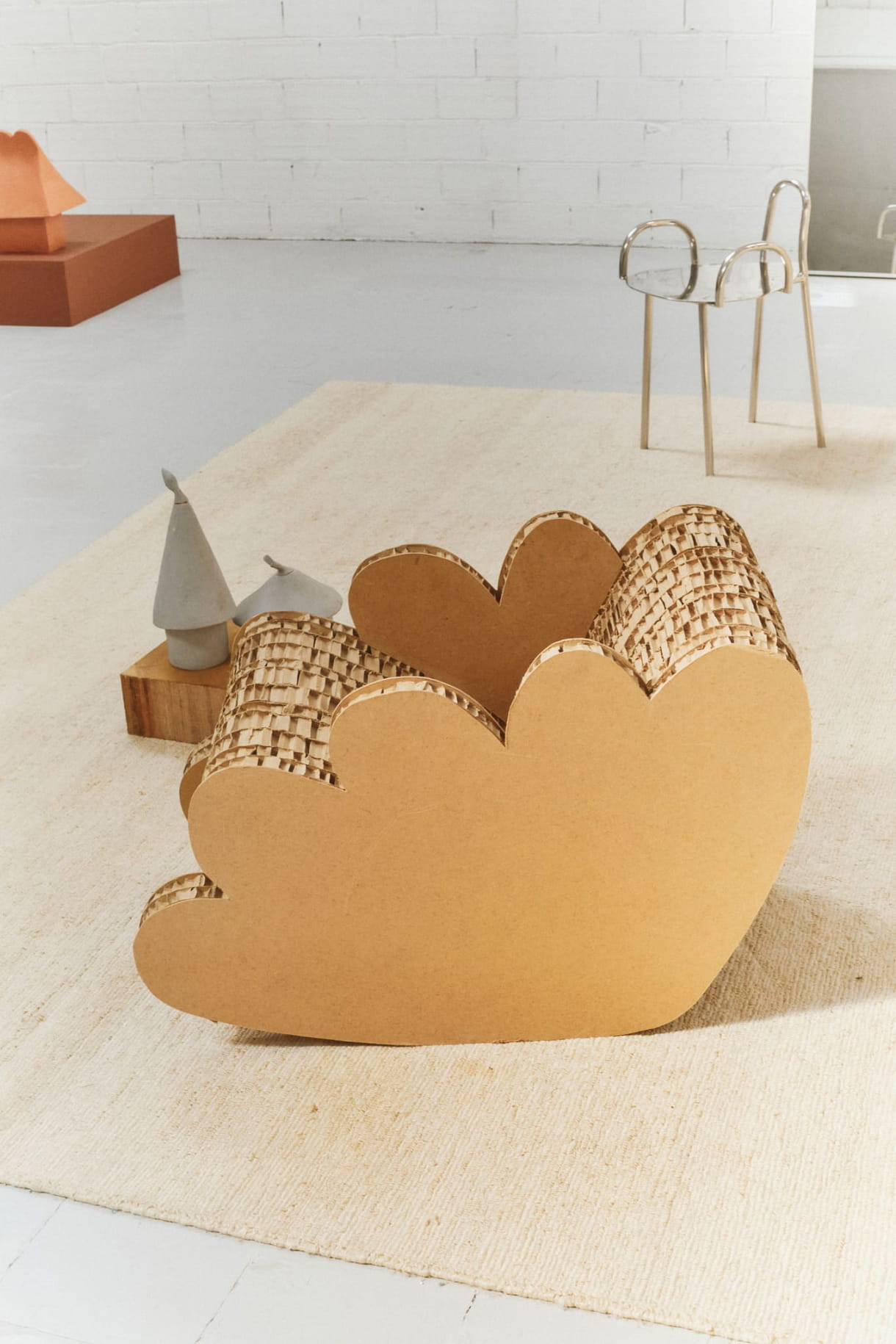
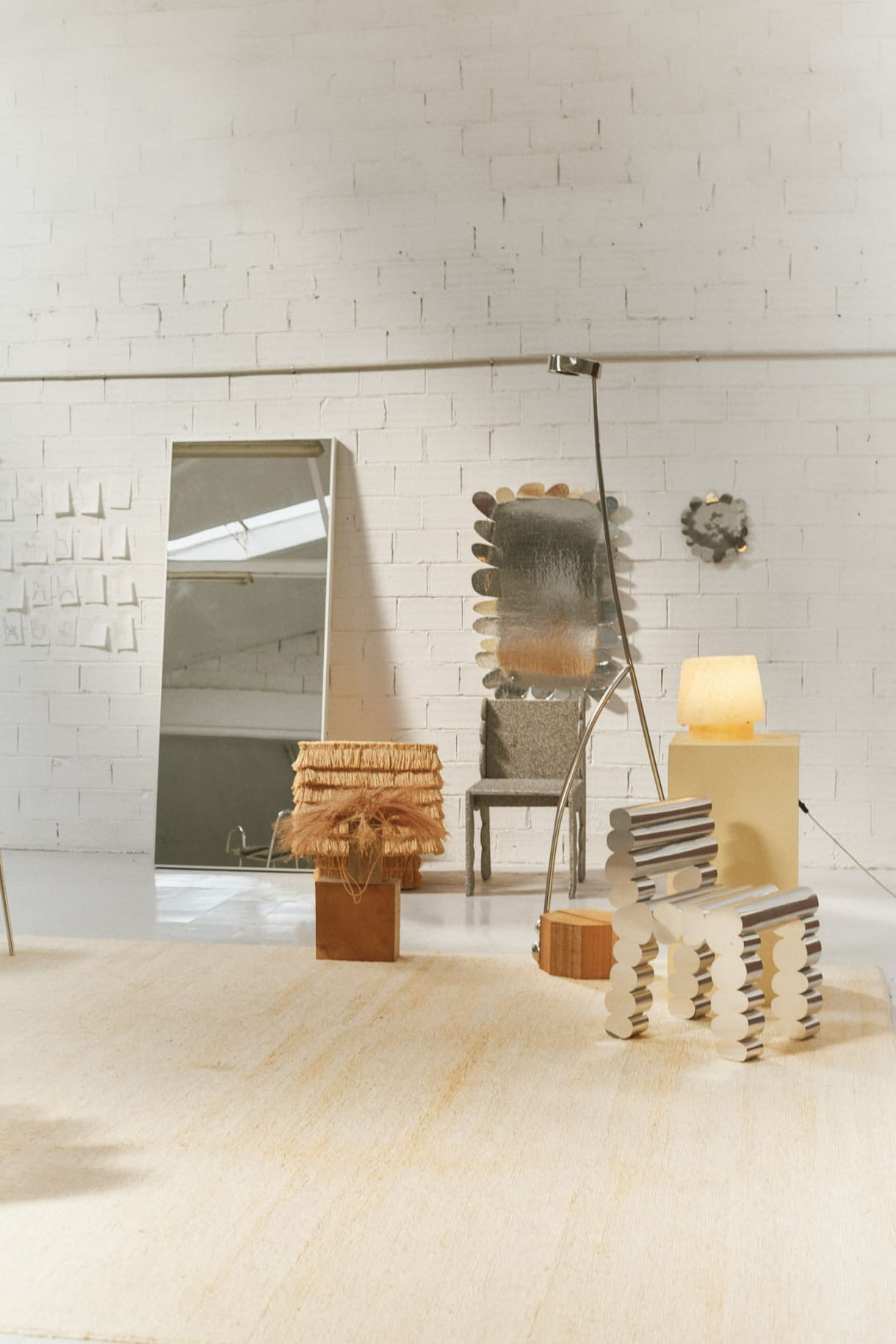
Do you have any projects to share with us?
I have lots of projects on the go! I'm particularly excited about my upcoming trip to Japan, where I will have the opportunity to collaborate with Japanese manufacturers in the provinces of Chiba and Aomori.
What does Sessùn mean to you?
Sea and Sun.

